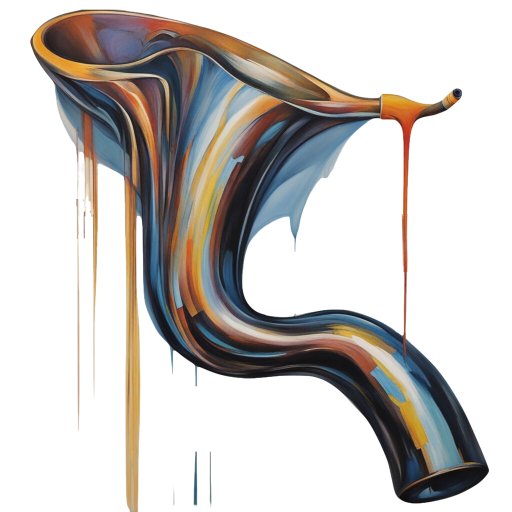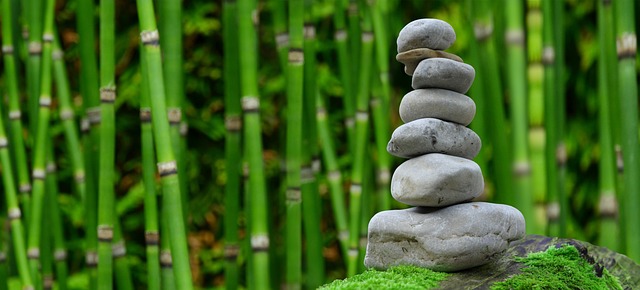Aesthetics, at its core, deals with the study of beauty, taste, and the appreciation of art and nature. When we talk about being “aesthetically pleased,” we’re referring to the positive emotional response triggered by elements that resonate with our sense of beauty and harmony.
Although philosophers and artists have long debated the nature of beauty and aesthetics. Yet, the specifics of what is considered ‘beautiful’ have evolved over time, and the underlying human desire to seek and appreciate beauty has remained constant.
In today’s context, being “aesthetically pleased” goes beyond just art and nature. It can be the satisfaction derived from aesthetic quotes, a well-designed website, the symmetry of a building, or even the color coordination of an outfit. The modern interpretation is broad and encompasses a wide range of experiences.
Understanding this term is key to recognizing the subtle ways in which our environments and experiences influence our emotions and well-being. It’s not just about recognizing beauty but also about understanding why certain elements evoke positive emotions in us.
Factors Influencing Aesthetic Appreciation
The appreciation of beauty is not a one-size-fits-all experience. Various factors come into play, shaping our perception and determining what we find aesthetically pleasing. Let’s look at some of these influential factors:
Personal Tastes and Preferences: Just as we all have favorite colors, foods, or genres of music, our aesthetic preferences are deeply personal. These tastes can be shaped by our life experiences, memories, and even our mood at a given moment.
Cultural and Societal Influences: Cultural norms and societal standards often play a role in dictating what is considered beautiful. For instance, art styles, fashion trends, and architectural designs can vary significantly from one culture or region to another.
Psychological Factors: Our brains are wired to appreciate symmetry, patterns, and certain proportions. This is why symmetrical faces are often deemed more attractive, or why specific artistic ratios, like the Golden Ratio, are recurrently used in design and architecture.
In essence, our aesthetic appreciation is a complex interplay of internal preferences and external influences. It’s a dynamic and ever-evolving aspect of human nature, shaped by both our individual experiences and the broader societal and cultural context we’re a part of.
Examples of Aesthetically Pleasing Elements
The beauty of aesthetic appreciation lies in its diversity and variety. Different elements and environments can evoke feelings of pleasure and satisfaction. Here are some areas where the concept of being “aesthetically pleased” prominently manifests:
Visual Arts:
Paintings and Sculptures: From the intricate details of Renaissance art to the bold strokes of modern abstract paintings, visual arts offer a plethora of styles that cater to diverse aesthetic tastes.
Photography: Whether it’s the serene beauty of a landscape photograph, the raw emotion of a portrait, or the dynamic energy of street photography, images have the power to captivate and evoke deep emotions.
Nature
Landscapes and Natural Formations: Majestic mountains, serene lakes, or the vibrant hues of a sunset – nature is replete with elements that leave viewers in awe.
Flora and Fauna: The vibrant colors of flowers, the intricate patterns on butterfly wings, or the grace of a swan on a lake – nature’s creations often serve as inspirations for artists and designers.
Design
Architecture: From the grandeur of historical monuments to the sleek minimalism of modern buildings, architecture is a testament to the evolution of aesthetic standards over time.
Interior Design: A harmoniously designed room, with balanced colors, lighting, and furniture, can create a soothing and pleasing environment.
Graphic Design: Effective use of color, typography, and layout in designs, be it for a website or a poster, can make it visually appealing and engaging
Everyday Objects:
Fashion and Clothing: The way colors, fabrics, and designs come together in an outfit can make it stand out and resonate with viewers.
Gadgets and Tools: Today, functionality is often paired with design. Sleek phones, ergonomically designed tools, or even aesthetically pleasing kitchenware reflect the blend of utility and aesthetics.
The examples above underscore that aesthetics is not confined to just traditional art forms. It permeates our daily lives, influencing our choices and experiences in more ways than we often realize.
Conclusion
Being “aesthetically pleased” is more than a fleeting sensation; it’s our innate ability to connect with our surroundings, find harmony in chaos, and derive pleasure from the simplest to the most intricate of creations. As we through life, it becomes evident that aesthetics isn’t just confined to galleries, museums, or nature reserves. It’s interwoven into the fabric of our daily existence, from the homes we live in, and the clothes we wear, to the gadgets we use.




